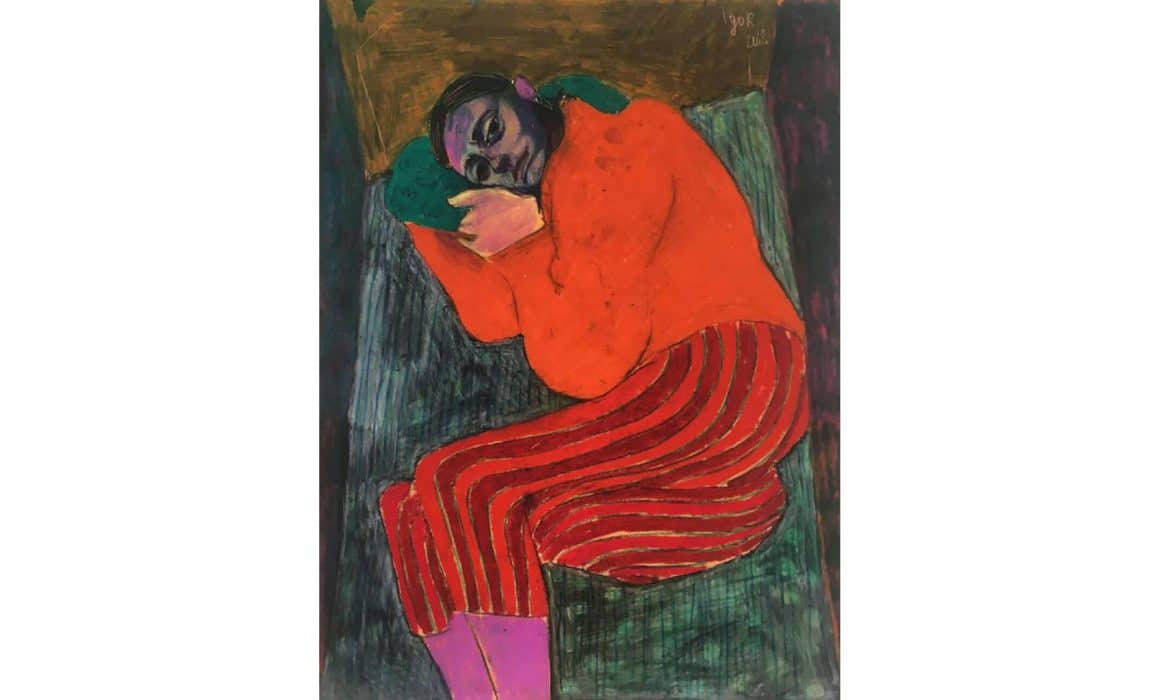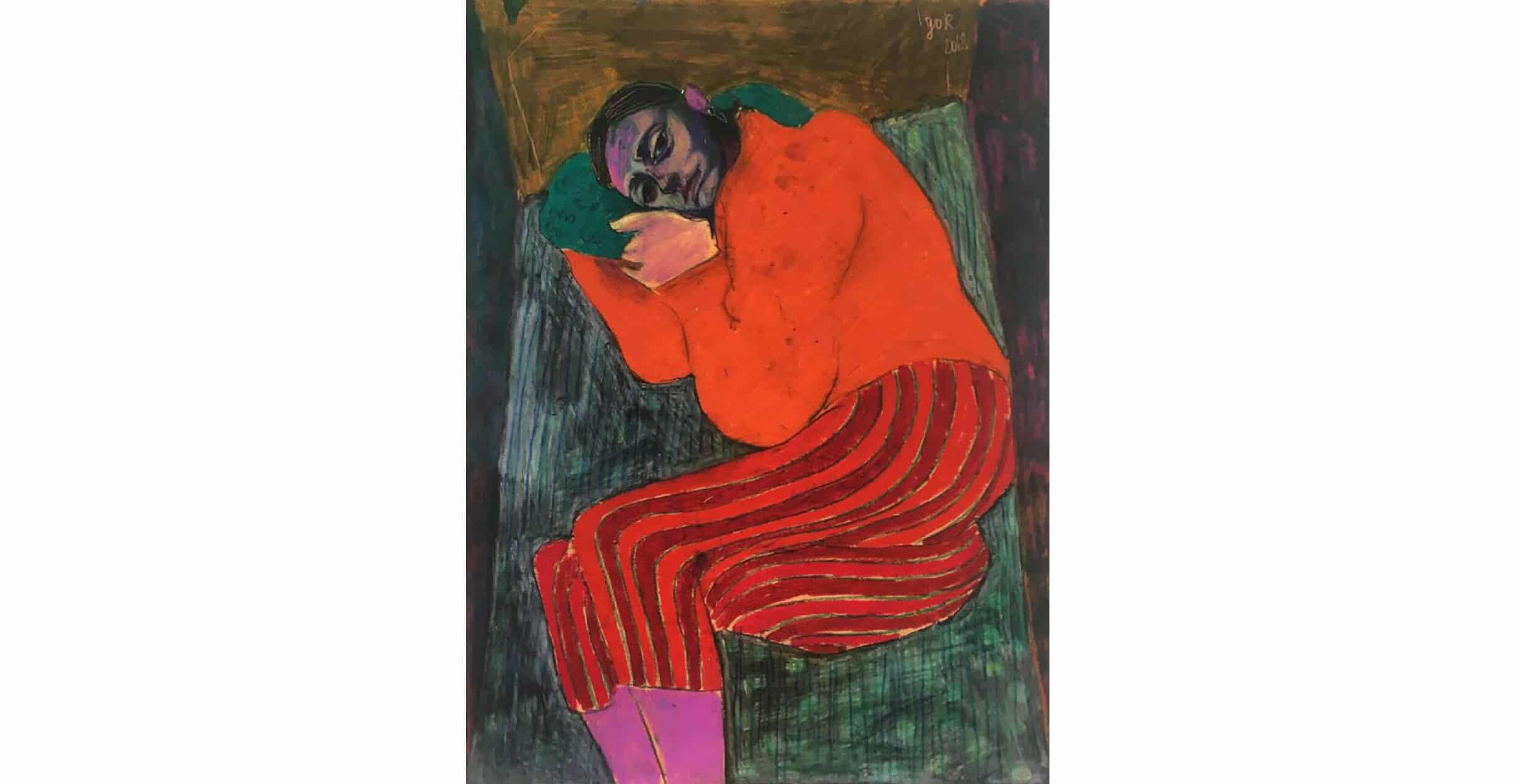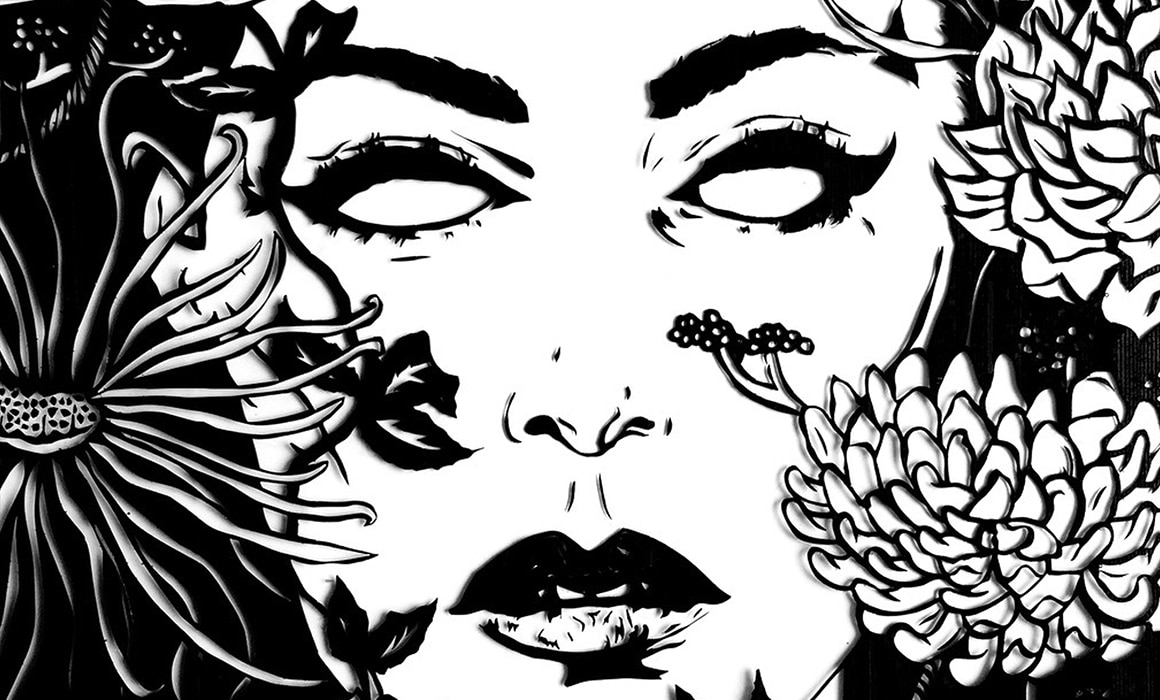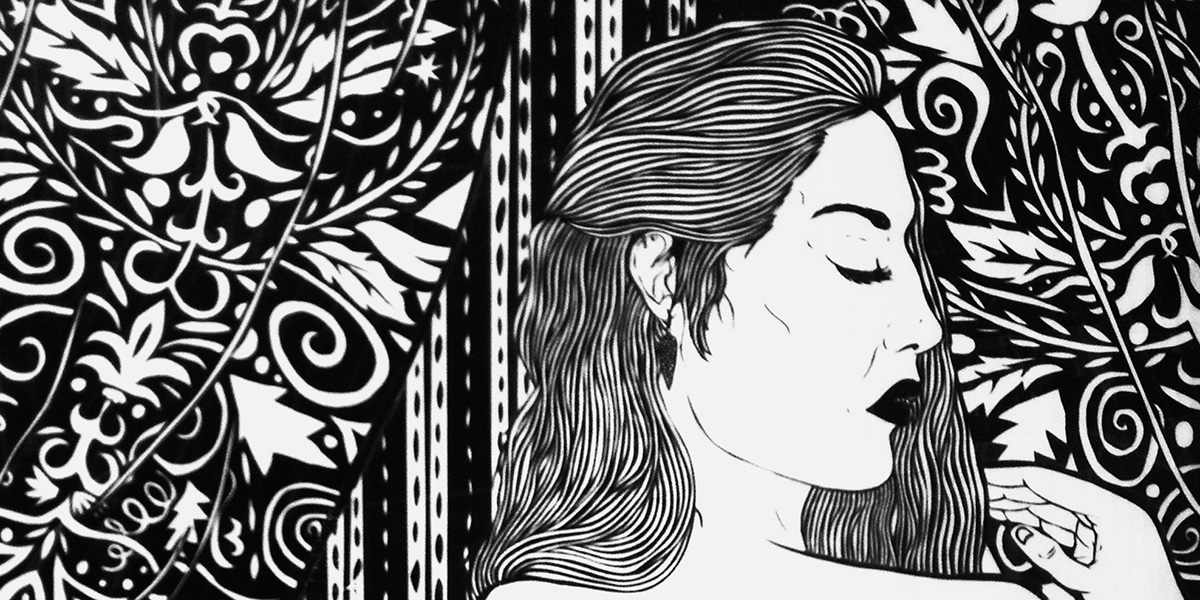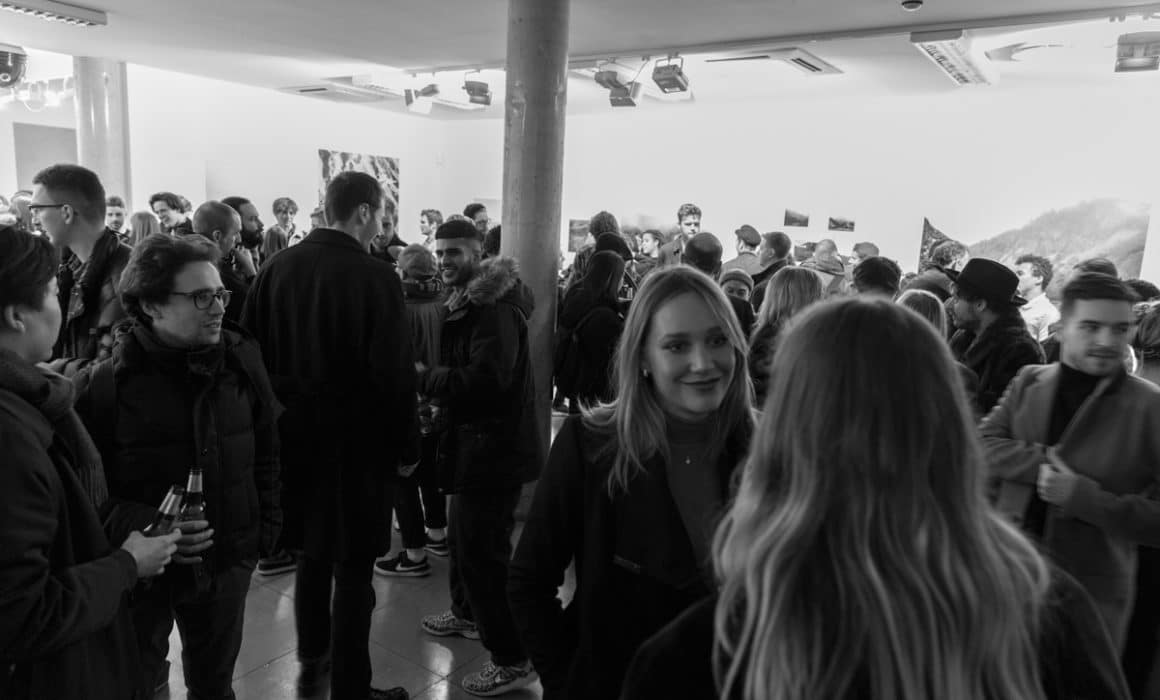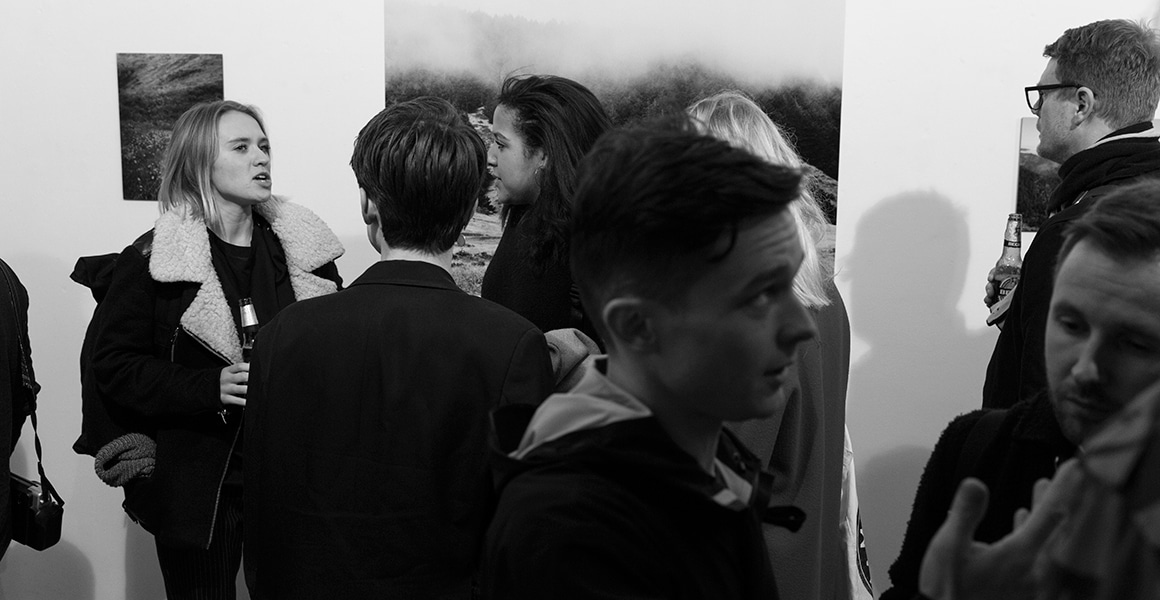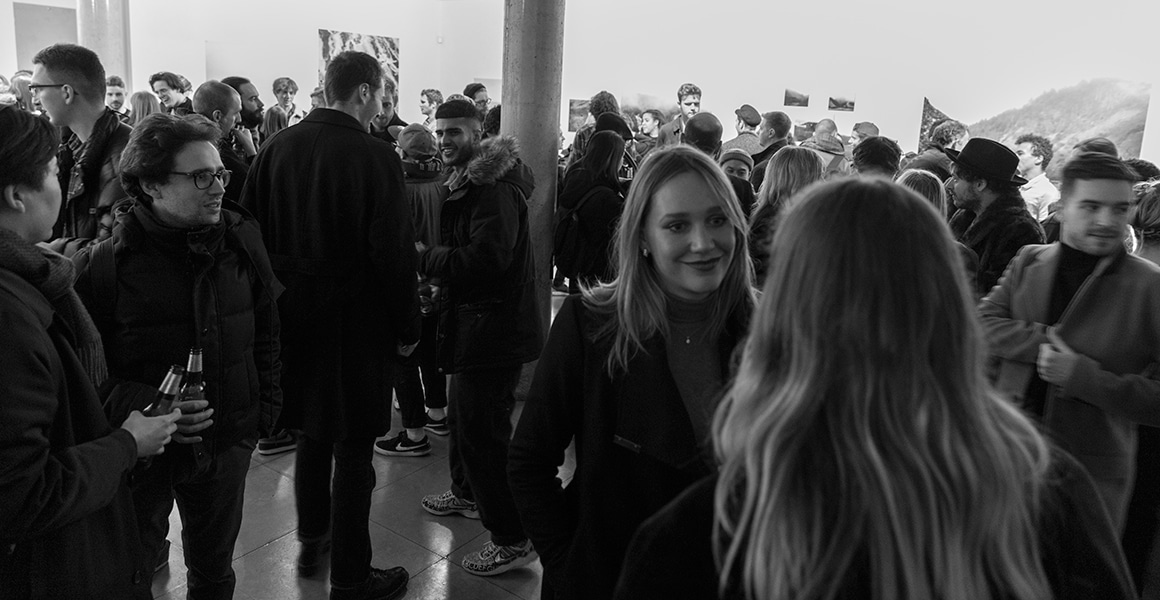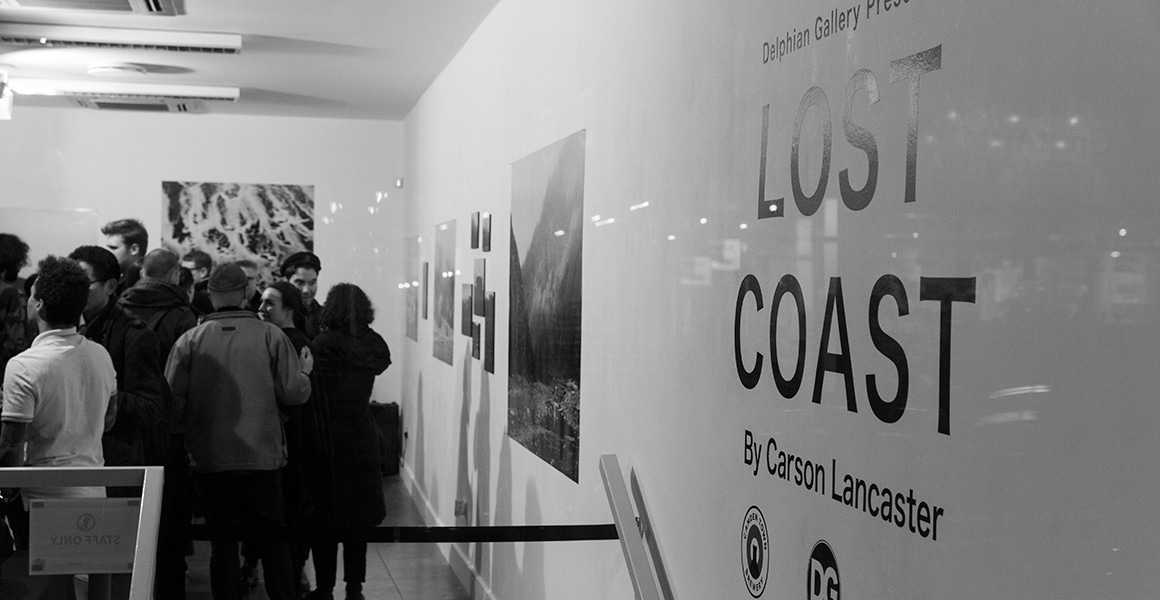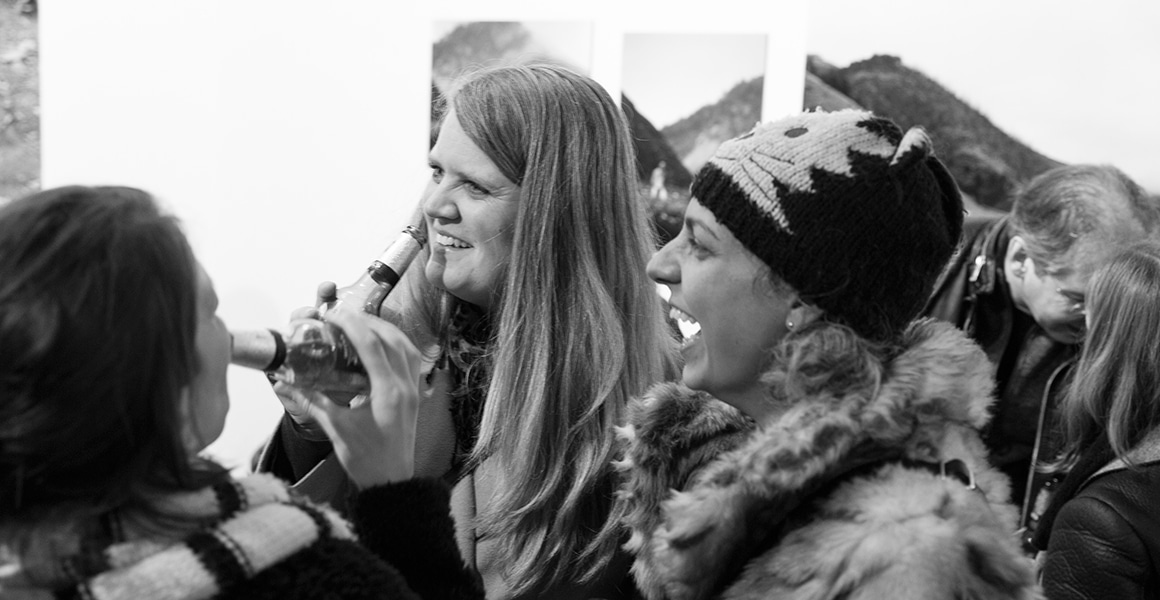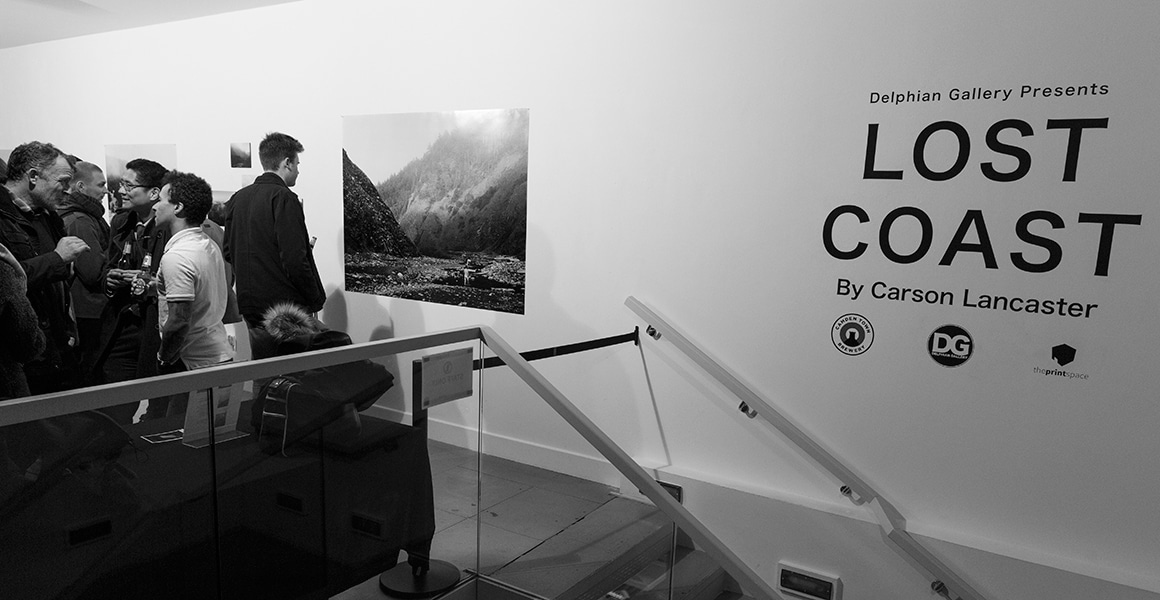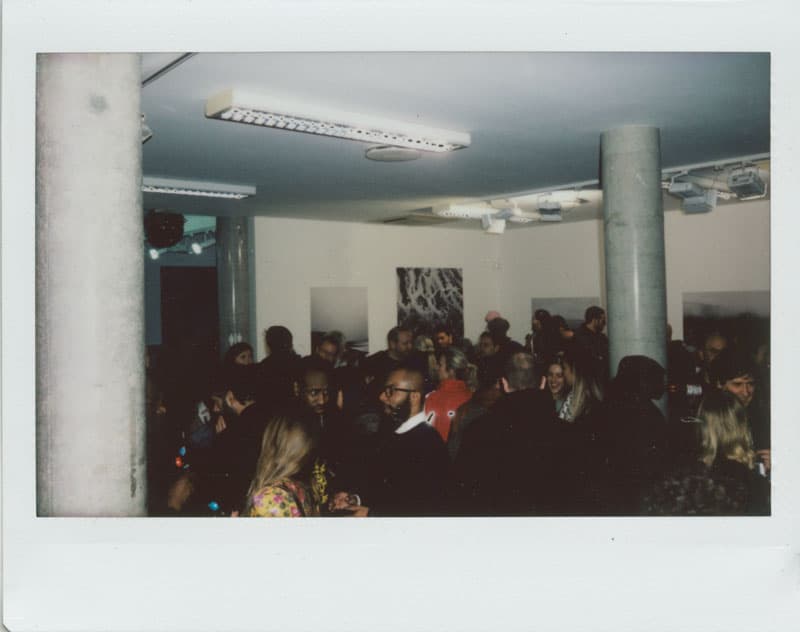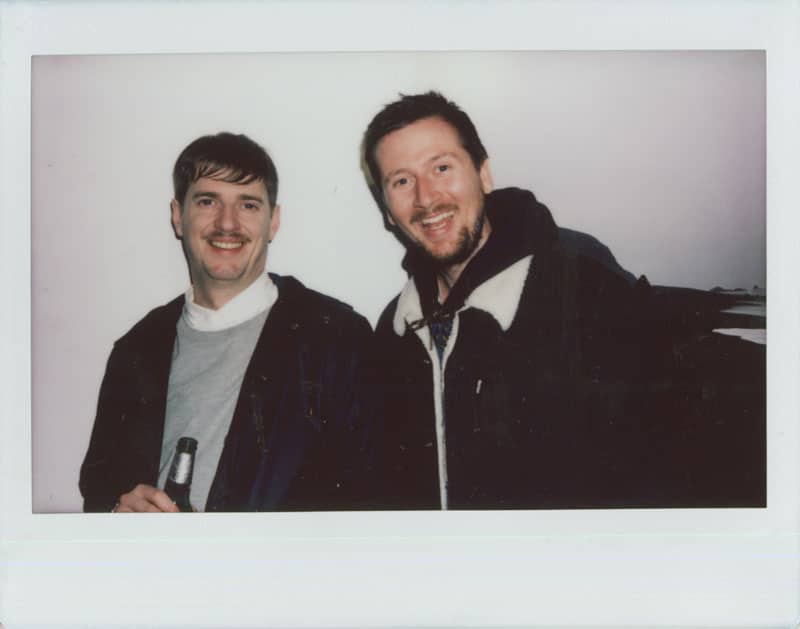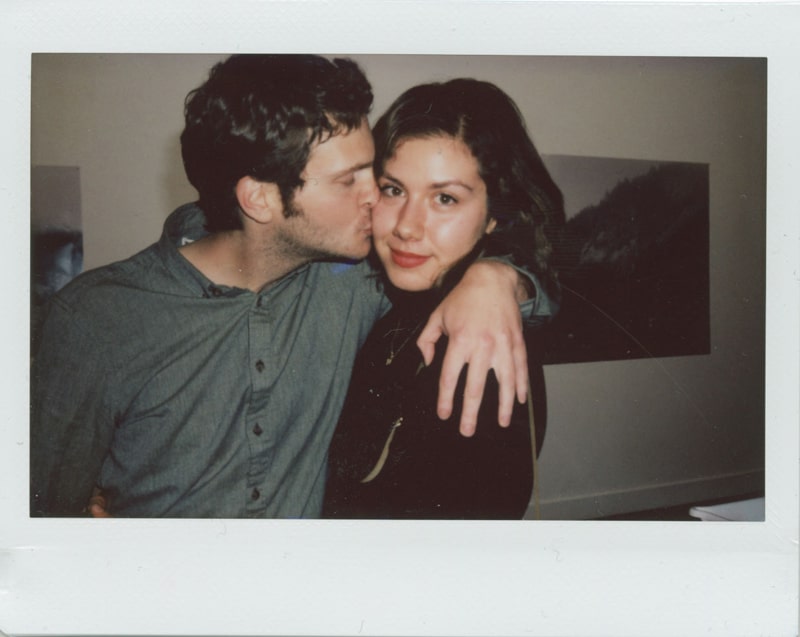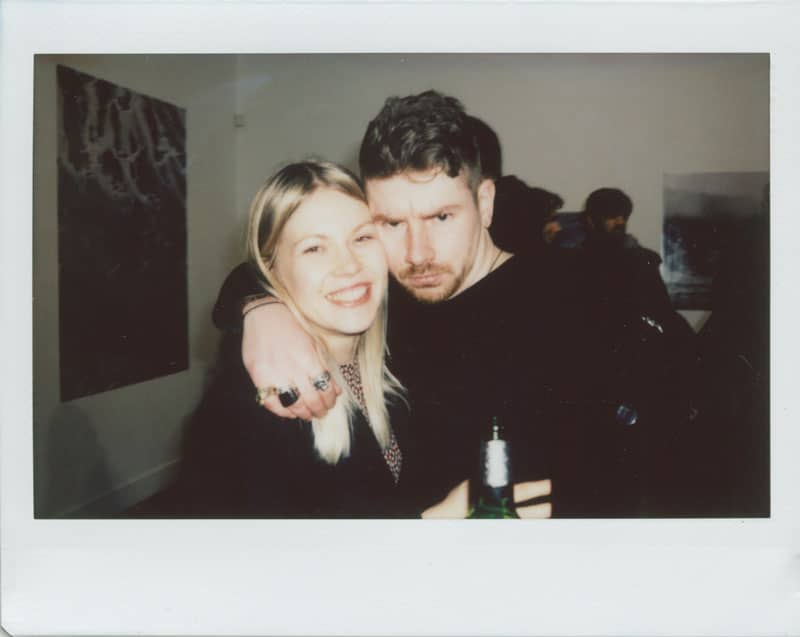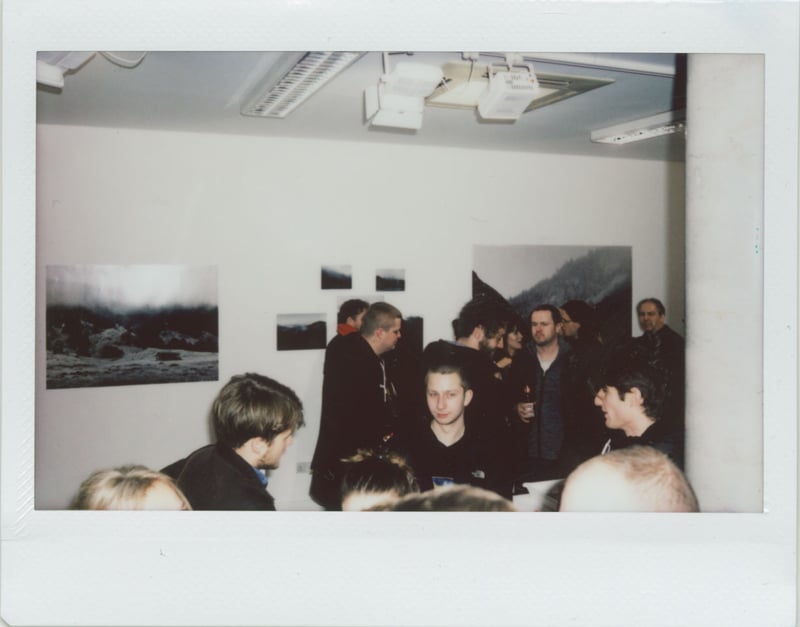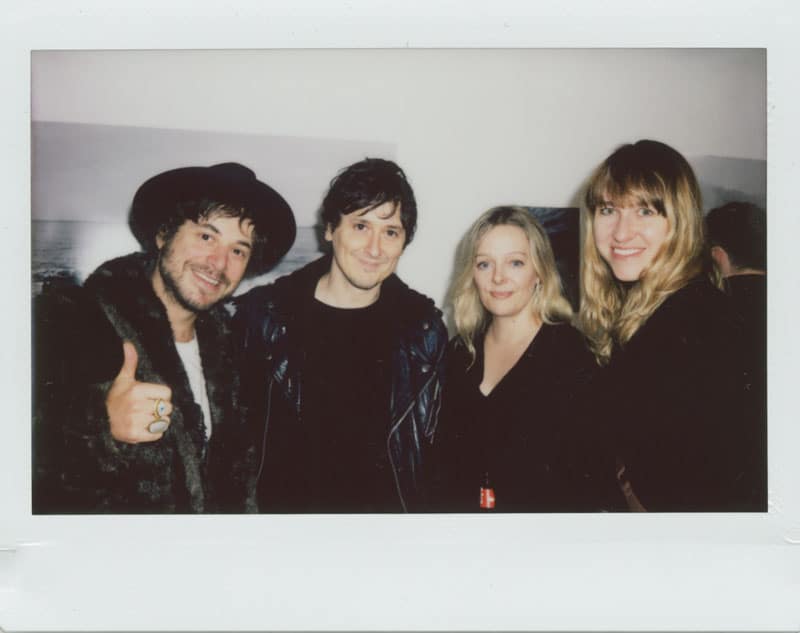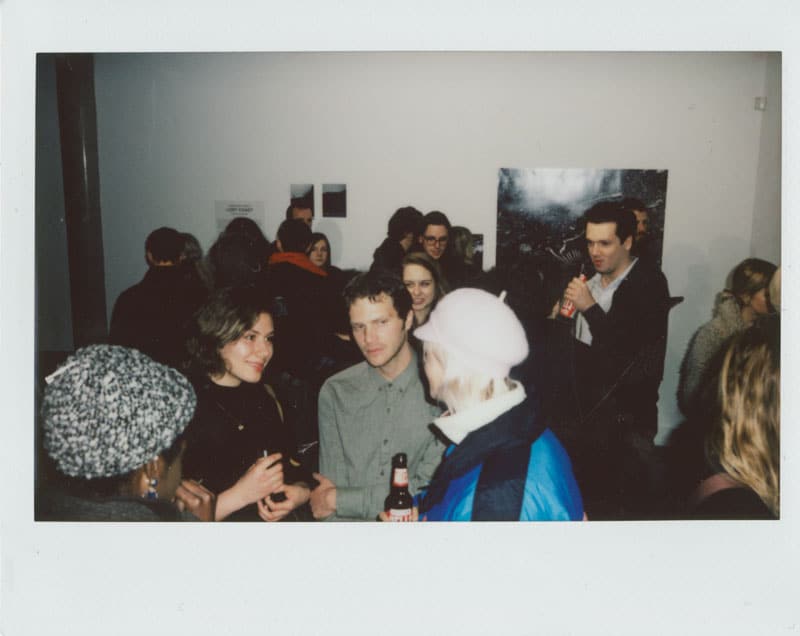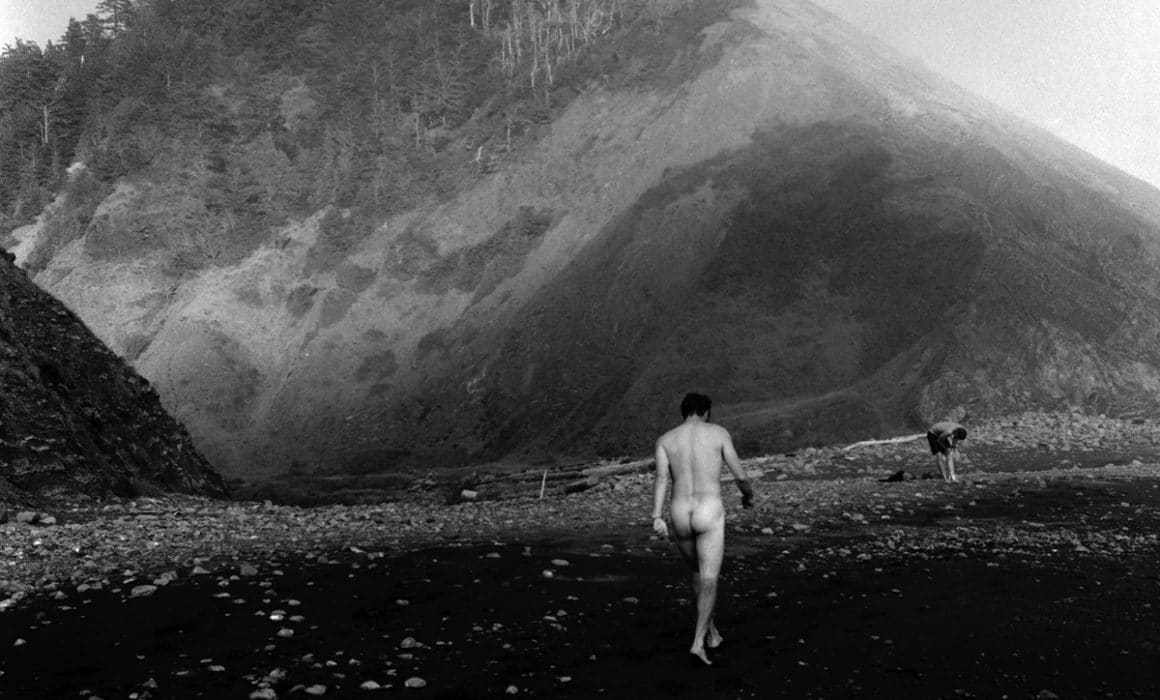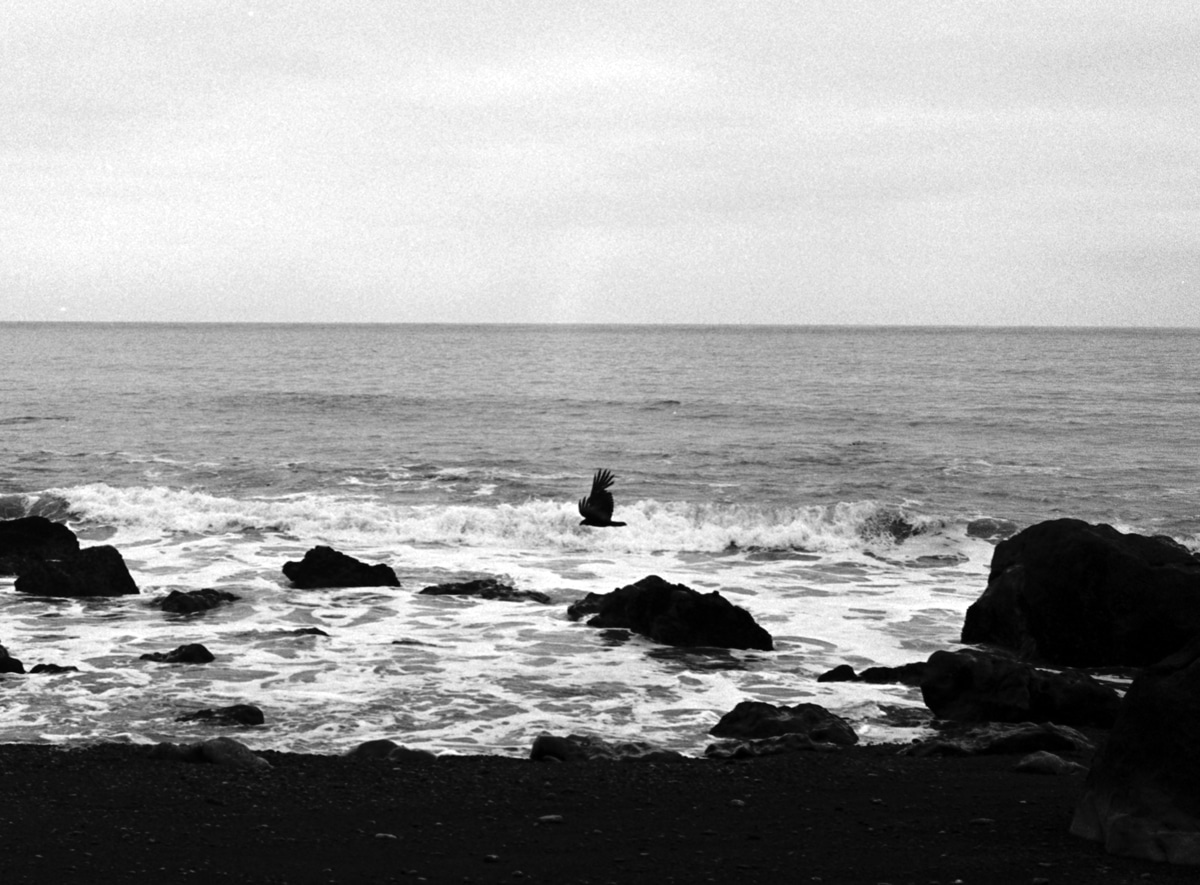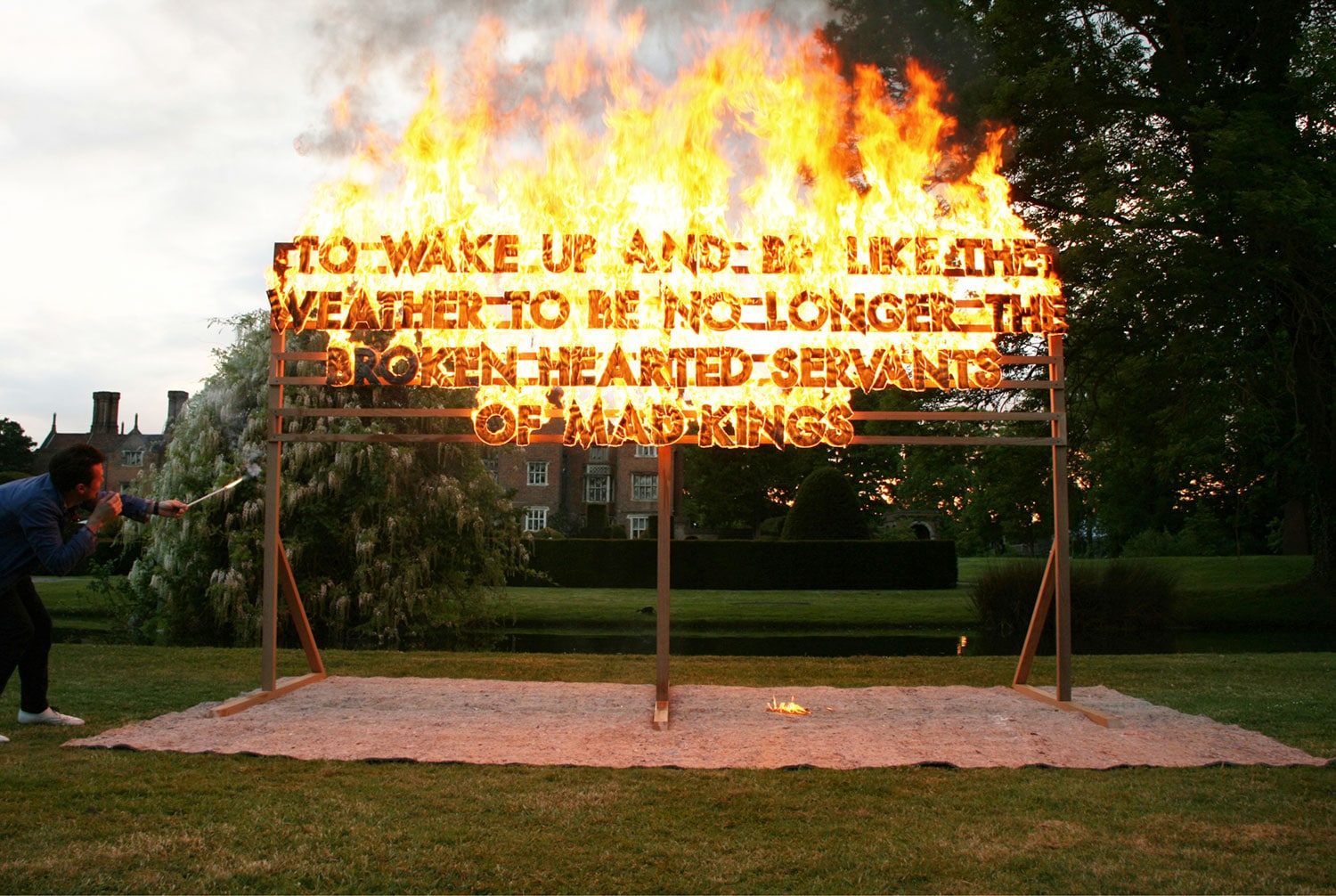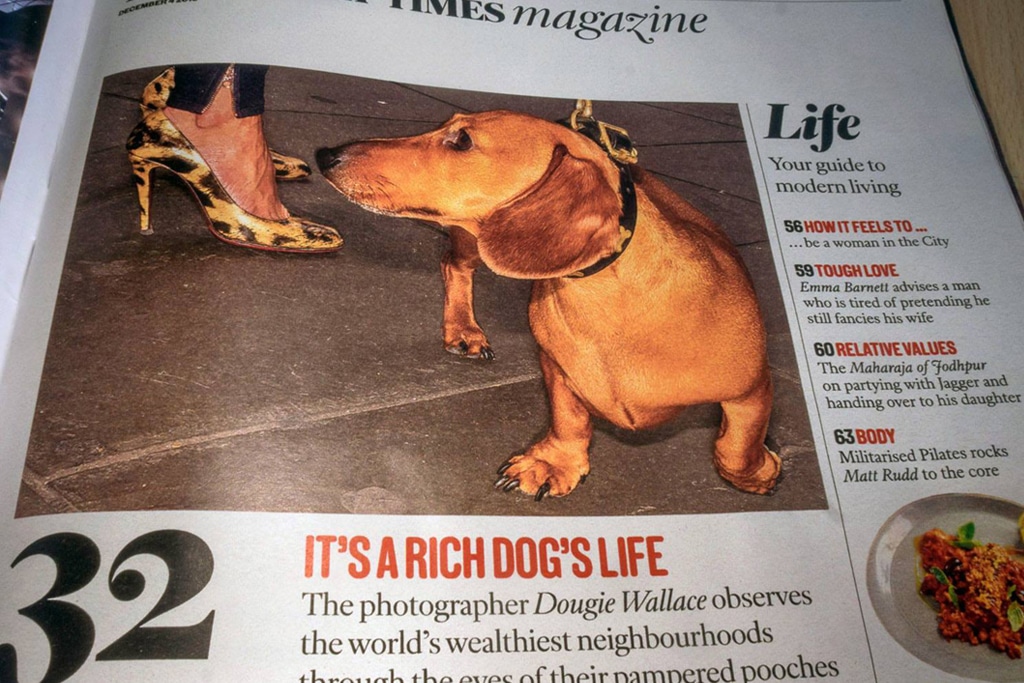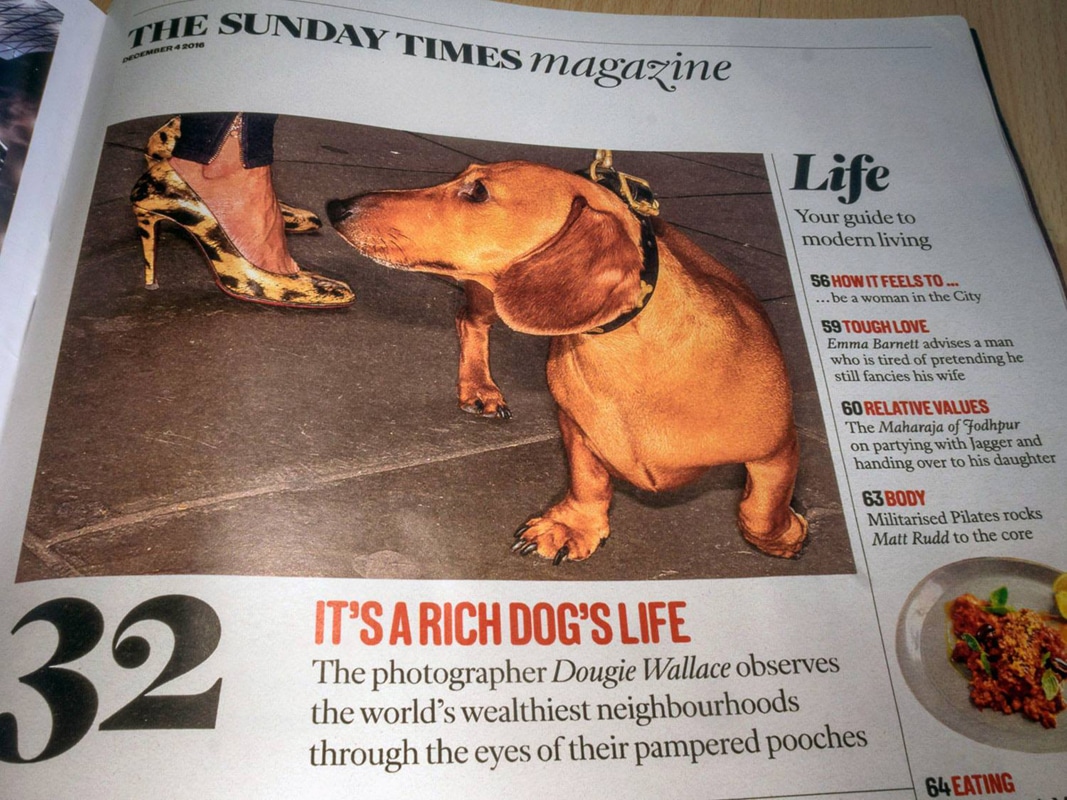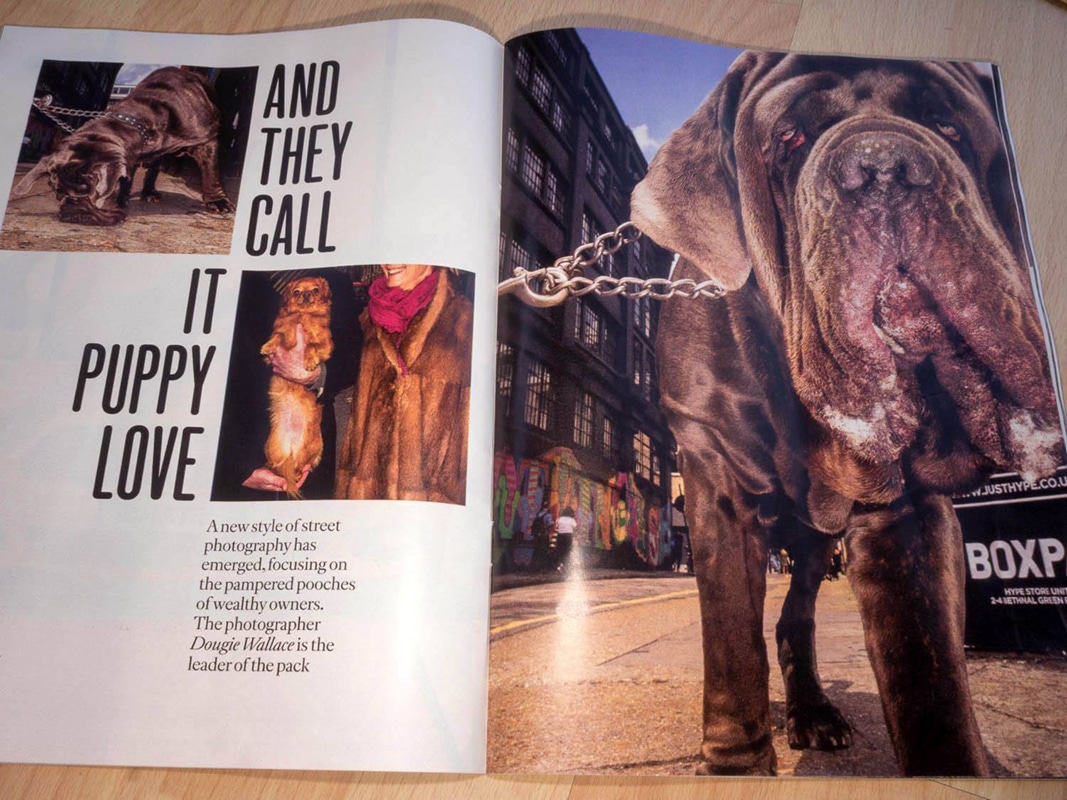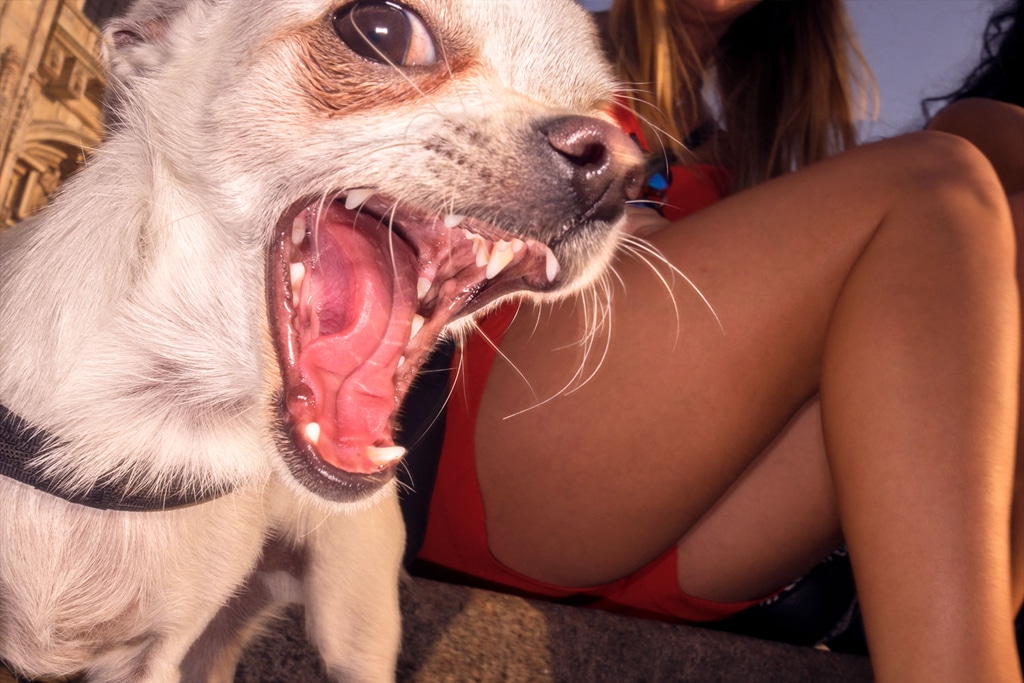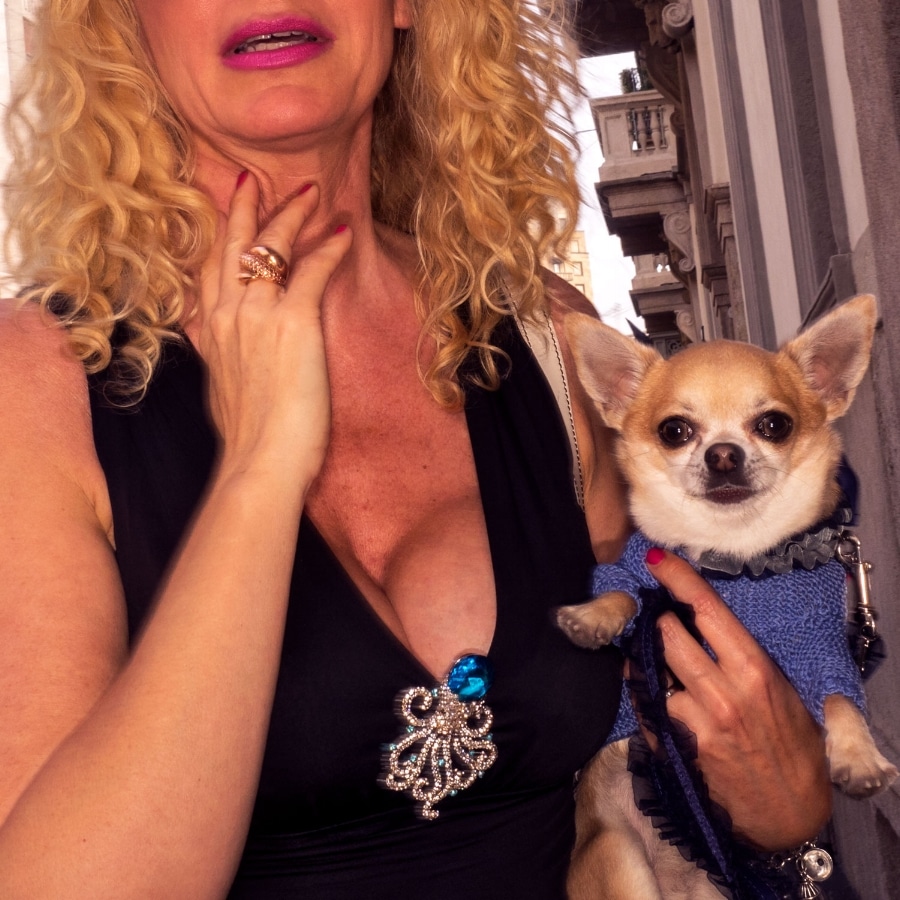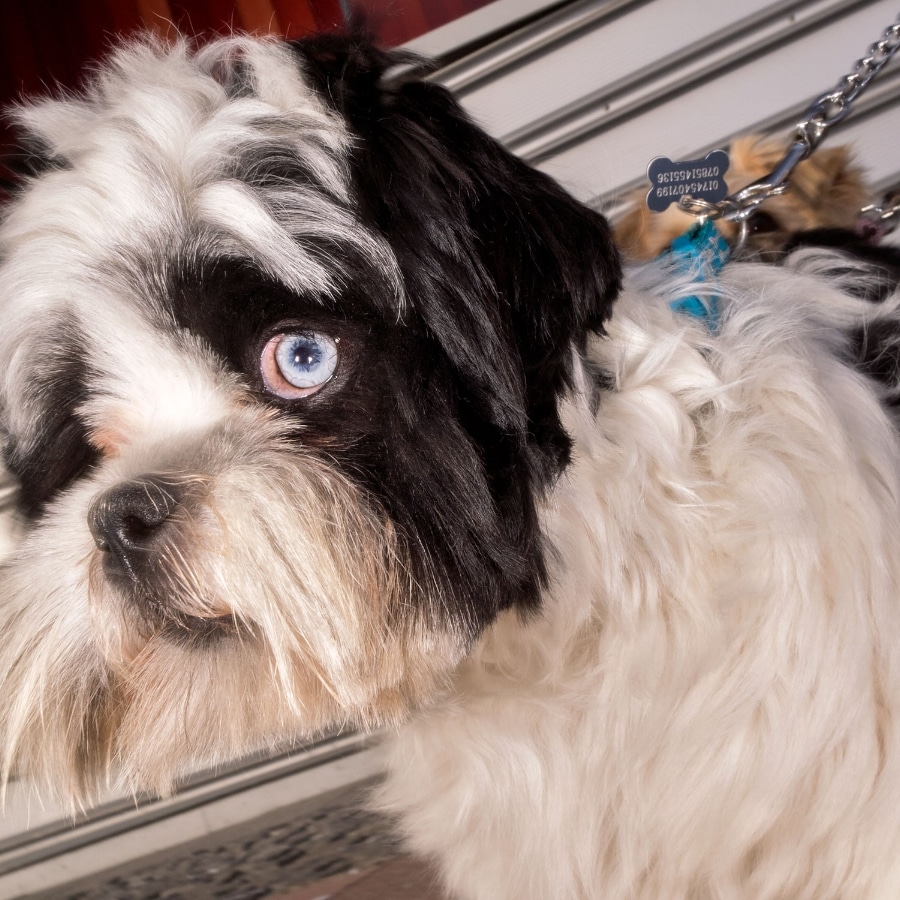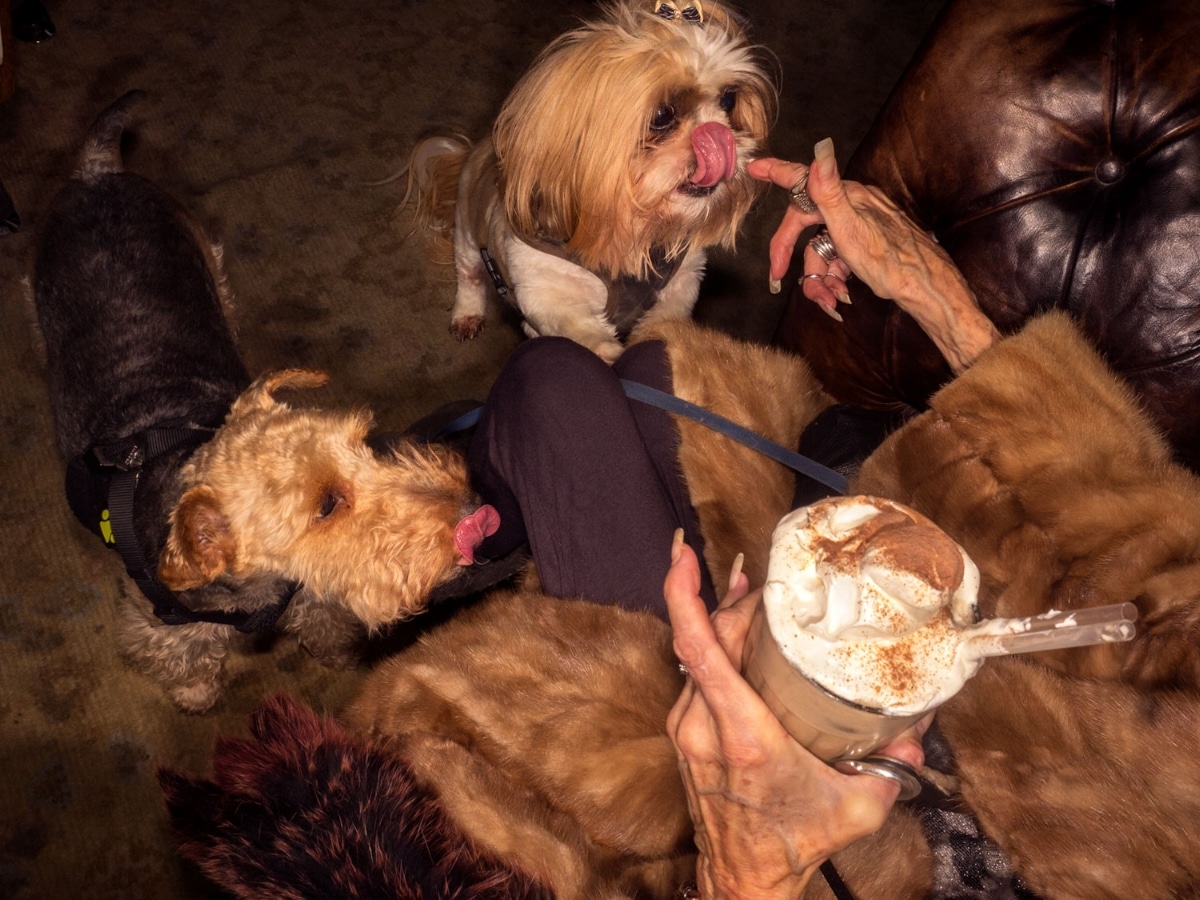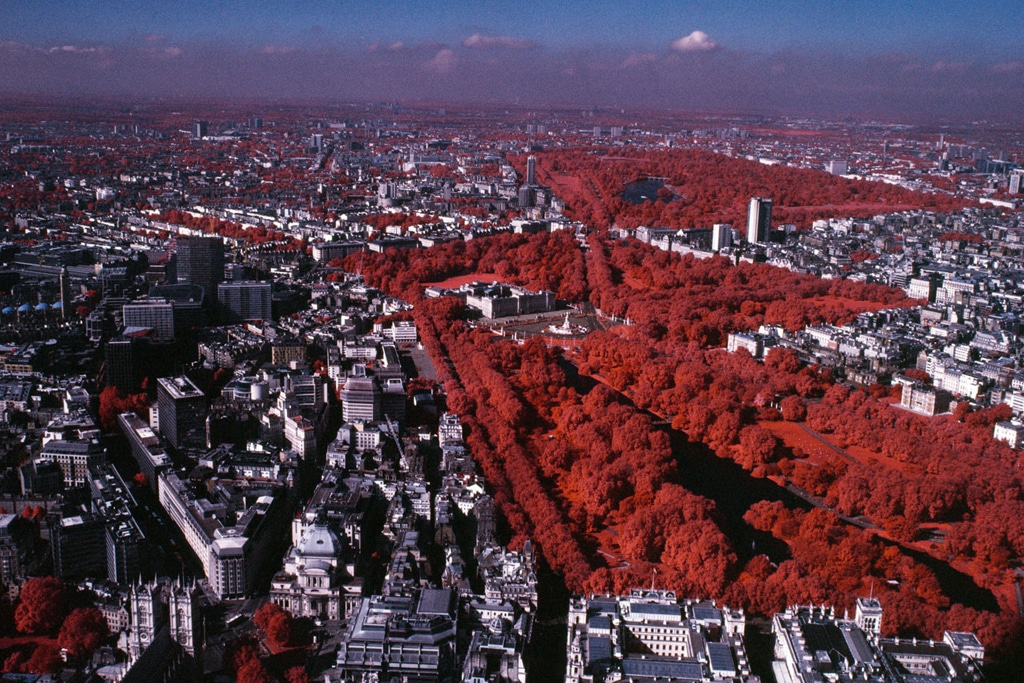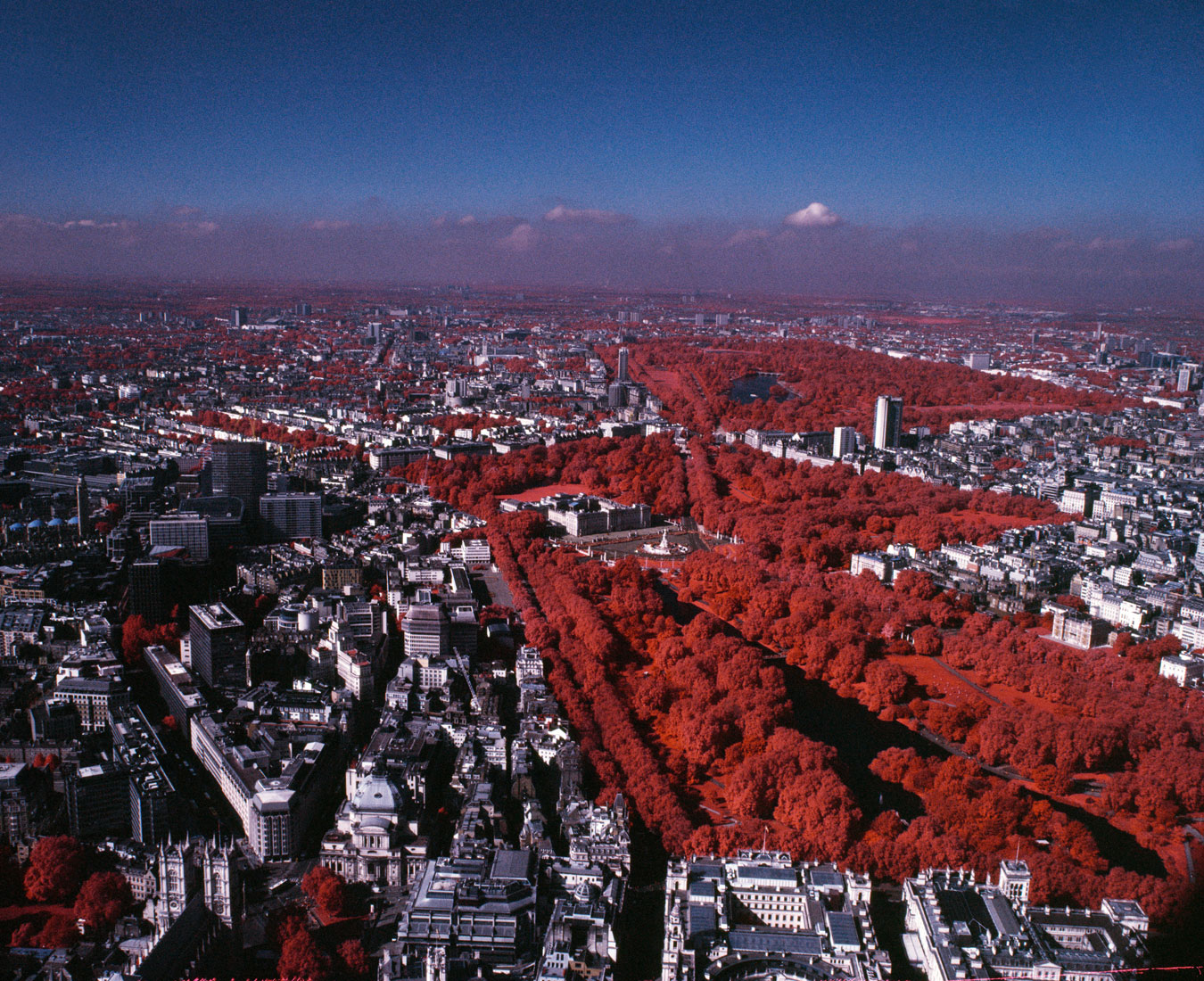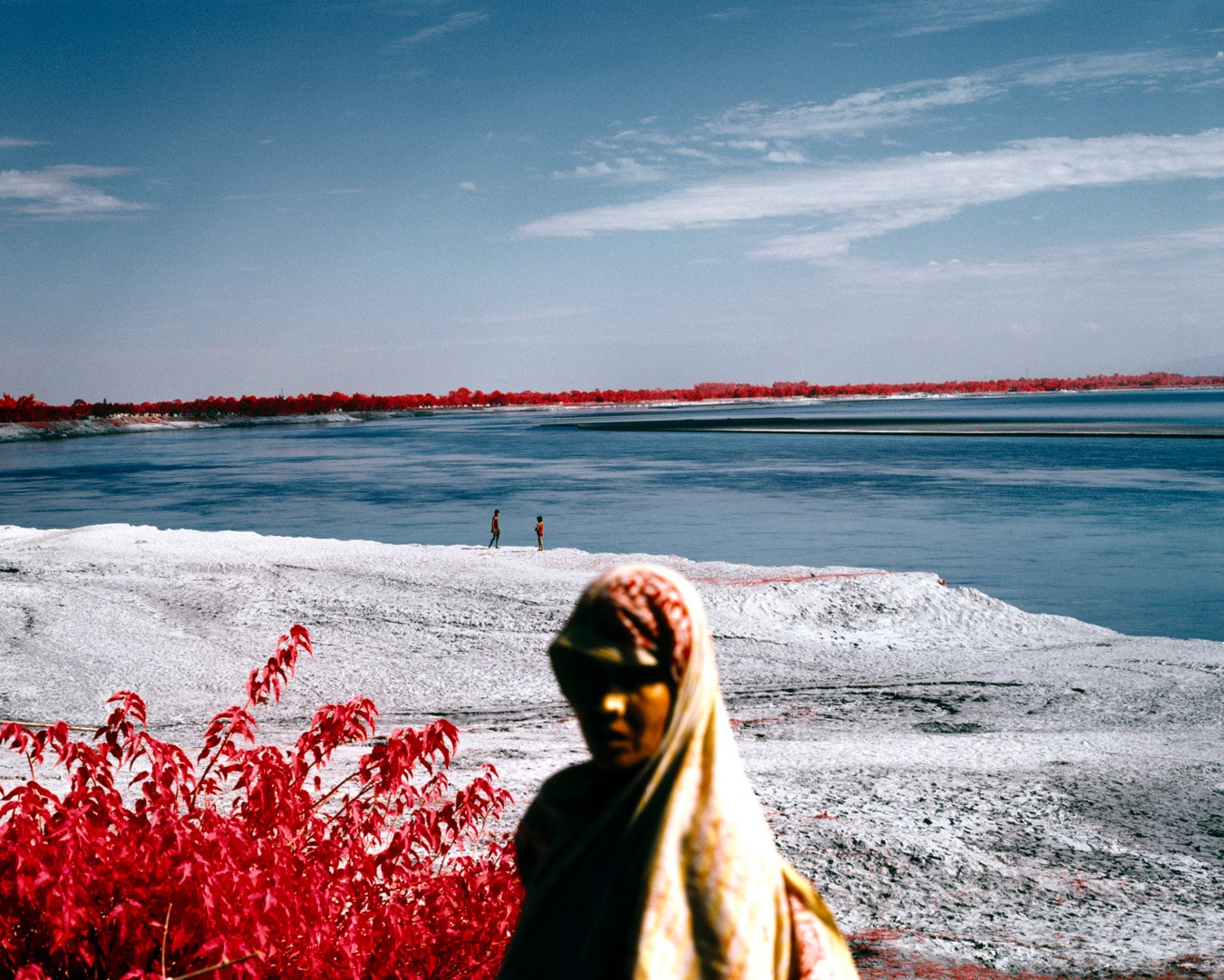My Top Five – ‘Premiums: Interim Projects 2019’ at the Royal Academy of Arts
Premiums: Interim Projects 2019, spread across the Weston Studio and The McAulay Gallery of the Royal Academy of Arts newly refurbished campus, gives the public the chance to see new work by artists who are halfway through their postgraduate study at the Royal Academy Schools. Founded in 1769, The RA Schools offers the only free three year postgraduate course in the UK, accepting a maximum of 17 artists each year who work across a range of mediums (painting, sculpture, photography, video and installation) in the studios of Burlington House.
“Premiums is a chance to encounter some of the most exciting and innovative work being produced by postgraduate students in the UK.” – Rebecca Salter RA, Keeper of the Royal Academy of Arts
If you can’t make it to the exhibition, which runs until March 13th, here is a rundown of my top five artists with work on display in ‘Premiums: Interim Projects 2019’, (in no particular order).
Harminder Judge

Harminder Judge, ‘Untitled (morning smoke)’, ‘Untitled (bone fragments)’ & ‘Untitled (skies over pyres)’, All plaster, polymer, pigment, oil and wax, All 2019.
Harminder is currently studying at the Royal Academy Schools (2017-2020), having previously completed his BA in Fine Art at Northumbria University.
Creating a diverse artistic output that spans a wide range of formats including performance, installation, sculpture, photography, sound and video, Harminder explores ideas related to religious and occult imagery and iconography, as well as the marriage of Indian and Western cultures he experienced growing up as a British-born Sikh. The works on display in ‘Premiums’ are a continuation of the artists experimentation with layering plaster, polymer, pigment, oil and wax to create sculptural reliefs that evoke digital pixelated imagery as well as the aurora light displays.
Harminder’s recent solo exhibitions include ‘In this strange house…’ at The New Art Gallery, Walsall (2012) and his solo national touring project ‘The Modes of Al-Ikseer’ (2011). His work features in ‘ Art & Religion in the 21st Century’ published by Thames and Hudson (2015).
Joe Pearson
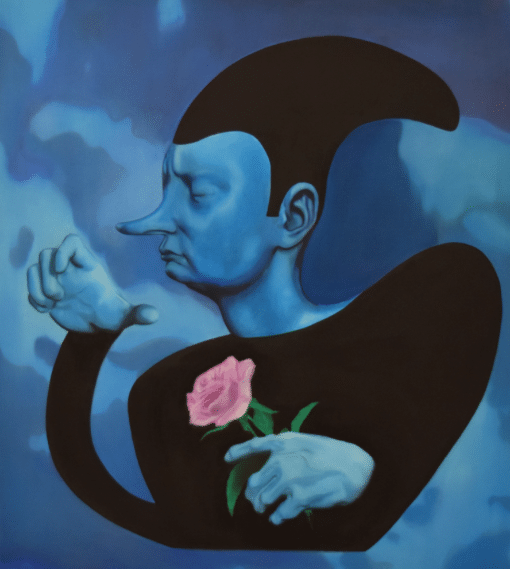
Joe Pearson, ‘Pissing in the Holy Fountain Before There’s Somewhere Else to Drink’, Oil on canvas, 2019
Joe is currently studying at the Royal Academy Schools (2017-2020), having previously completed his BA in Fine Art at the Slade School of Fine Art.
Having felt “boxed in”as a painter during his time at the Slade, and expanding into producing video animations and digital collage for his BA degree show, Joe has since returned to painting since starting his postgraduate studies at the RA Schools. The works on display in ‘Premiums’ depict the artist’s mythological cartoonish figures, presented contextless against stark primary coloured backgrounds, the viewer is encouraged to imagine the wider narrative that these pointy-nosed characters belong to.
As part of creative duo ‘Joe and Rory’, alongside Rory Cargill, Joe produces short films, sketches as well as a podcast.
Clara Hastrup

Clara Hastrup, ‘Echinocactus Grusonii: Polyphonia Fibonacci’, Mixed media, 2019
Clara is currently studying at the Royal Academy Schools (2017-2020), having previously completed her BA in Fine Art (Painting and Printmaking) at The Glasgow School of Art.
Creating immersive multimedia installations encompassing video, audio, sculpture and printed elements, Clara’s work often combines imagery and ideas taken from the natural world that are then contrasted and combined with technology and techniques from the digital world. The sculpture on display in ‘Premiums’ sees a large cactus placed on a rotating platform, it’s spines plucking and pricking against eight carefully arranged microphones to create a polyphony that plays in real time through the gallery speakers.
Clara has exhibited work as part of the RSA: New Contemporaries 2017 at Royal Scottish Academy, Edinburgh, as well as at Trinity House (Edinburgh, 2018), the Leith Theatre (Edinburgh, 2018) and the Dyson Gallery (London, 2018).
Jenkin van Zyl
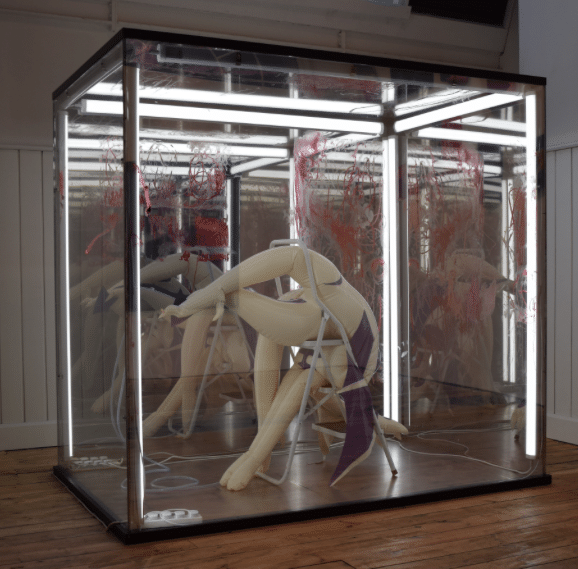
Jenkin van Zyl, ‘Loon’, Two way mirror, latex, ladder, lipstick, LED lights, 2019
Jenkin is currently studying at the Royal Academy Schools (2017-2020), having previously completed his BA in Fine Art at the Slade School of Fine Art.
Jenkin’s singular creative vision draws upon a childhood spent enjoying both fancy dress and crossdressing, developing a unique personal style that is evident in his performance and video works. The sculpture on display in ‘Premiums’ doubles as the immersive environment within which Jenkin’s filmed the accompanying video piece ‘Loon’, as the artist refers to his sculptural works as “like escapees from the films”.
Jenkin has modelled for a number of fashion and lifestyle magazines, been praised for his creative use of social media to promote queer communities, and directed a music video for the post-punk band HMLTD.
Liv Preston

Liv Preston, ‘Inventory for Alucard’, Arcade machine panels, mixed media, 2019
Liv is currently studying at the Royal Academy Schools (2017-2020), having previously completed her BA in Sculpture at Wimbledon College of Arts. Liv’s sculptural output examines video game culture, it’s common motifs and themes as well as it’s reassurance of ‘retro’ popularity. For ‘Premiums’ Liv presents a display of 28 arcade machine panels, deconstructed and decontextualized the painted panels become sculptural reliefs within the gallery context, the only clues to their previous existence being the occasional pictorial video game references and of course the works heavily referencial name.
Liv has exhibited widely in group exhibitions such as ‘Docile Bodiesat Vitrine Gallery (London, 2018), ‘Mantel’ at Copperfield Gallery (London, 2018), ‘general studies’ at Norwich Outpost (Norwich, 2016), and had her first solo exhibition, ‘Valuable Wounds’ at the Pas de Temps project space in Nantes, France in 2016.
For more by Hector Campbell see


